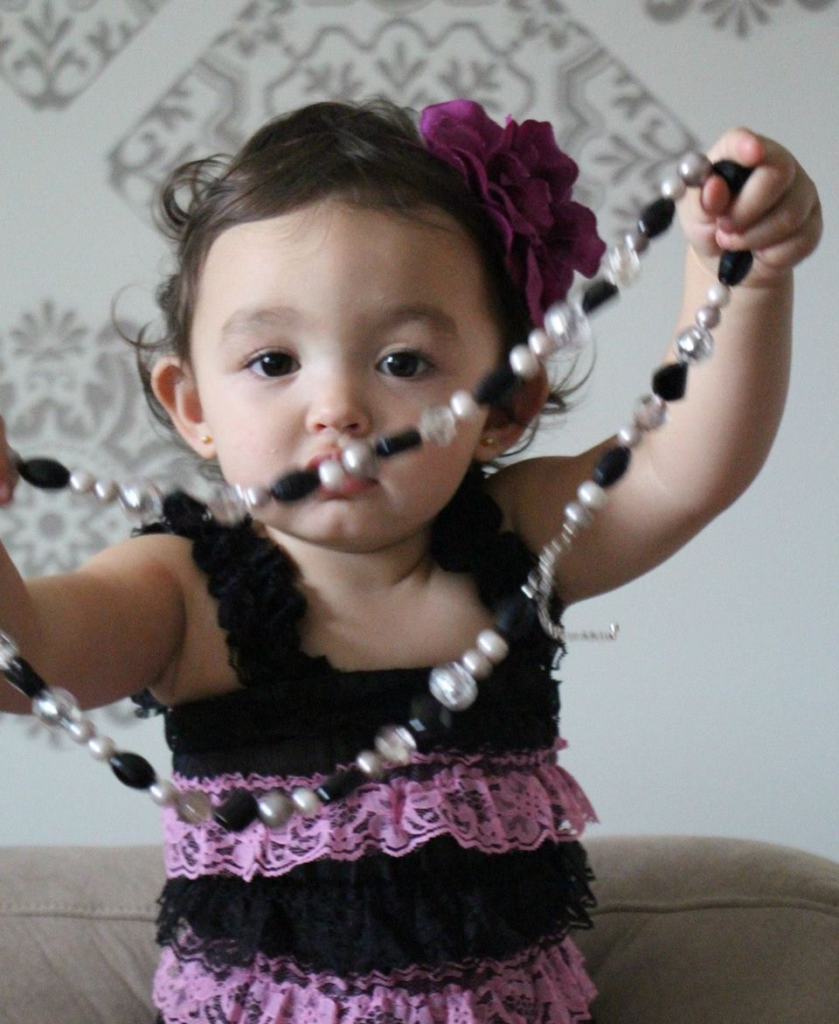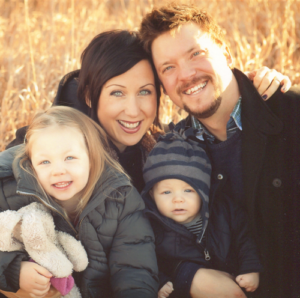Toddler proofing checklist

Download pdf of toddler proofing checklist
Watching your little one progress from crawling to walking is a milestone to be celebrated. The world suddenly opens up and within it are a plethora of things to grab, climb on and stick in your mouth! Toddlers are naturally curious, adventurous and depending on their age, can be a little bit sneaky. In other words, this is not the time to let up on childproofing your home! The older children get the higher they can climb to reach the things they want to get their hands on.
Your child’s age, their abilities and their temperament can help determine the extent of proofing you may require. While your parenting style and comfort level will also guide you, keep in mind that the single leading cause of death in children over one is unintentional injury, many of which are preventable.
While you can’t prevent all accidents from happening, there are things you can do around your home to help keep your toddler safe from danger. Here is a list of common hazards to watch out for.
Bed
-
Ensure your crib meets the federal safety standards
-
Lower crib railing if you have a child who is a climber (seems counter intuitive but may help prevent injury)
-
Do not leave toys, puffy blankets or pillows in the child’s bed (consider putting child to sleep in a sleep sack until they are out of their crib)
-
When your child is 35 inches tall, you can consider moving their to a bed
-
Use a safety railing to ensure your child does not roll out of bed
-
Do not leave smaller toys inside larger plastic bags (toys can be dumped and bag can be placed over head)
Bedroom
-
Remove small choking hazards from room, especially at bedtime (as a general rule, anything that can fit inside a toilet paper roll is a choking hazard)
-
Ensure all large furniture pieces that can topple are bolted to the wall with furniture straps
-
Tie or bind all dangling cords on window covers
-
Avoid placing furniture that a child can climb in front of a window
-
Do not trust that a screen will protect your child from a fall! If you do want to open the window, consider window stops or guards that restrict how far it can open (these apparatuses should be strong enough to prevent your toddler from removing but easy for you to remove in the event of a fire)
-
Cover all electrical outlets and remove all wires or appliances that plug in
-
Consider a baby monitor, preferably with video, so you can check on them regularly but make sure the cord is secure and out of reach (see our post on baby monitors we like here)
Kitchen
-
When you can, cook on the back burners with pot handles facing the back of stove
-
Never leave cooking food unattended on stove, even for a minute
-
Secure oven door with a clamp
-
Put a latch on drawers containing knives or other sharp objects
-
Household cleaning items (including dishwasher tabs) should be placed out of reach
-
Unplug kitchen appliances that sit on the counter and don’t keep cords dangling
-
Be aware of food in the fridge or pantry that your child may have access to and place out of sight or reach
-
Keep hot food and drink away from table/counter edges
-
Avoid table cloths or runners that can be pulled down
-
When placing a toddler in a highchair, ensure the seatbelt is still being used
Bathroom
-
Do not ever leave a child unsupervised in the bathtub, even for a minute
-
Use an anti-slip bath mat
-
Adjust thermostat to monitor hot water temperature below 120 degrees Fahrenheit (48.89 degrees Celsius) or attach a bathtub spout
-
Remove water as soon as bath is done
-
Ensure all vitamins, medications and other poisonous items are secure in medicine cabinet
-
Keep all makeup, razors, pins, perfume, mouthwash, nail polish and remover scissors or other harmful objects out of reach
-
Keep the toilet seat down or latched (or keep the bathroom door shut)
-
Clean bath toys regularly with vinegar and warm water to avoid mildew and mold, especially inside squeeze toys
Living room/Family room
-
All electrical outlets should be covered
-
Secure all large furniture pieces, like bookshelves and televisions, to the wall
-
Watch for lamps that can topple and secure all cords
-
All drapes or blind cord strings should be cut or secured
-
Cover all sharp corners with edge guards
-
Avoid placing breakable items within reach, including picture frames
-
Remove all poisonous plants or keep them out of reach
-
Avoid clutter or area rugs that your child could trip on
-
Blow out the pilot light to your electrical fireplace or install a fireplace safety gate
Other considerations
-
Use safety gates to restrict access to particular areas or rooms (remember to allow your child to practice going up and down the stairs with your supervision)
-
Avoid placing furniture pieces by windows or overlooks in your house
-
All doors leading outside or to the garage should be locked (consider installing a high lock or dead bolt if they learn to manipulate a regular door lock)
-
Place stickers or other markers on patio doors at toddler eye level
-
Lock all accessible windows
-
Use door stops to protect fingers
-
Use door knob covers when trying to prevent access into a room
-
Use child-resistant covers if you have accessible garbage cans
-
All guns and ammunition should be removed from the house or locked in a safe place
Don’t forget to check your backyard, garage and vehicle for safety hazards as well, including making sure the child safety door and window locks are on when driving!
Click this link to find tips about baby proofing your home.
About the author

Terri Dragatis is a wife, Mother of two, and a teacher. Her diverse interests and ability to turn everything into a lighthearted lesson, not to mention her witty quips and great sense of humor, make her an invaluable part of our team.
As a new parent, Terri remembers feeling overwhelmed and frustrated with the abundance of information and wished she had effective, simple and condensed reference guides that would support us, particularly with sleep training. She believes Calm Parent Sleep Routine and other resources will provide many parents with quick to access, useful information to support you throughout your parenting journey.
For Terri, balance involves spending quality time with her family in and outdoors, cooking, camping and goofing around, getting out with friends or for a date with her husband now and again, and fitting in as much as exercise as she can.
Previous Post
Next Post
Sleep is so important but the optimal amount is different for each family member.
It depends on age and other factors.
Find out the healthy sleep ranges by age, for you and your growing family.
Starting with babies (newborn to one year),
toddlers, preschoolers, school aged
children, teens and adults.
Guide to optimal family sleep (daytime naps & at night)
FREE download
Be the first to know about special
offers and resources
for our community only.
Don't miss out!
Become a Calm Parent Insider
FREE gifts & resources
CALMMOTHER LIMITED © 2023 | ALL RIGHTS RESERVED
terms | privacy | contact
Simplifying life for parents so you can focus on what matters most to you.
Live your best life with kids!
+ Show / Hide Comments
Share to: